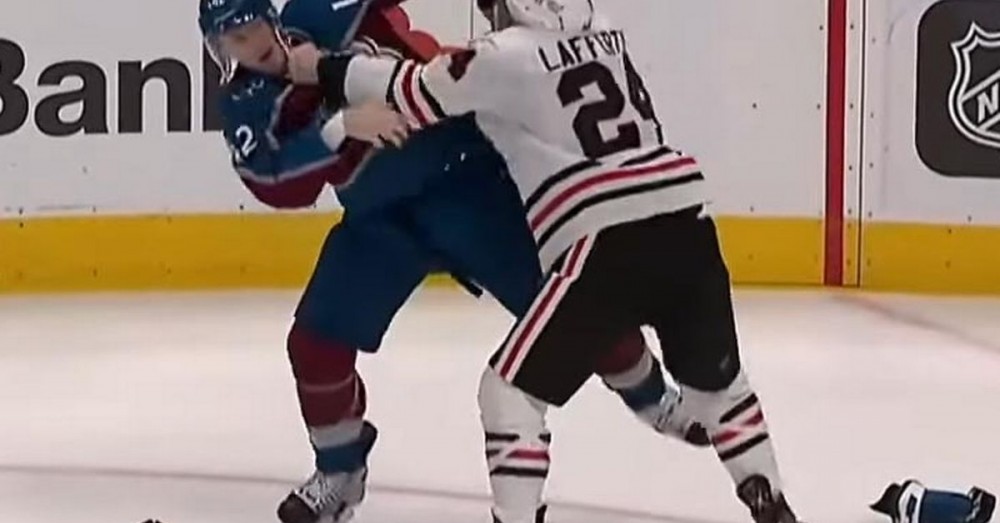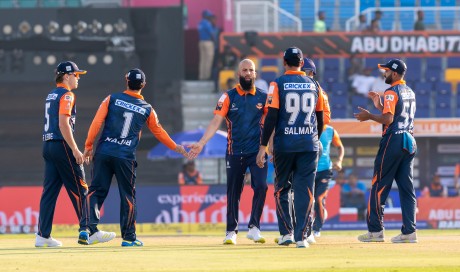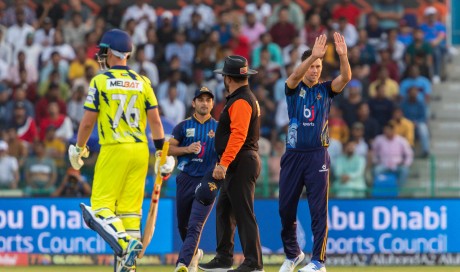In spite of what most people think, there are rules about fighting in ice hockey games. Unless fighting is the point of the sport, like it is in boxing, it is pretty much forbidden in that sport. In the Olympics, fighting isn't allowed unless it's part of the sport, like boxing. Since fighting is often used as a tactical play in hockey rather than being part of the scoring system or objectives, it has been banned by the Olympics.
Helmets must stay on before a fight
This simple act is a way for the players to protect themselves, which sounds contradictory given that they are entering a brawl, but this is why. If a player goes on to remove their helmet before a scrap, they will receive a fine or a more substantial penalty than they would have received for being in the fight to begin with. However, if the fight continues and their helmet is knocked off, it will not be considered a penalty because the fight caused it.
It’s quite common to see helmets fly off in the middle of a fight, but you will then notice that the referees will tend to move into a better position to stop the fight. These are ice hockey players, not professional fighters.
When the fight will be ended
Have you ever noticed that the referees don’t seem to do much when two ice hockey players square up to one another? This is primarily because fighting is allowed in hockey in the first place. But that doesn’t mean the referees don’t monitor the fight closely—quite the opposite. The referees will float around the fight up until the point at which it looks out of control or when one player hits the deck. Until that point, the referees will simply let the players battle it out, which is why injuries sustained in ice hockey are quite common.
Classifications for fighters
Each player may fall into one of two categories when a fight begins. The referee will give a player a penalty based on which of these two groups they are in. The aggressor and the instigator are the two groups. And believe it or not, a player can be classified as both in the same fight. This is because the instigator is whoever started the fight first, whereas the aggressor is the player who ultimately wins the fight.
So, why is fighting allowed in the NHL?
This is an excellent question, and the answer directly relates to why many fans think fighting in ice hockey is good. The short answer is that allowing fighting allows the governing bodies to channel the aggression that comes with the sport while also allowing it to be policed. As you can probably imagine, it wouldn’t be a good thing for the players to get angry at each other and then start a fight with a solid wooden stick, or, worse, blades on their feet. Because of this, the people in charge decided that fighting should be allowed, even if it cost the players something.
From the fan’s perspective, this just adds enough string to the bow in terms of entertainment value. Of course, it’s great to see professional ice hockey players do their thing on the ice, but the games are almost always better when tensions rise, and the punches start flowing.
Share This Post















